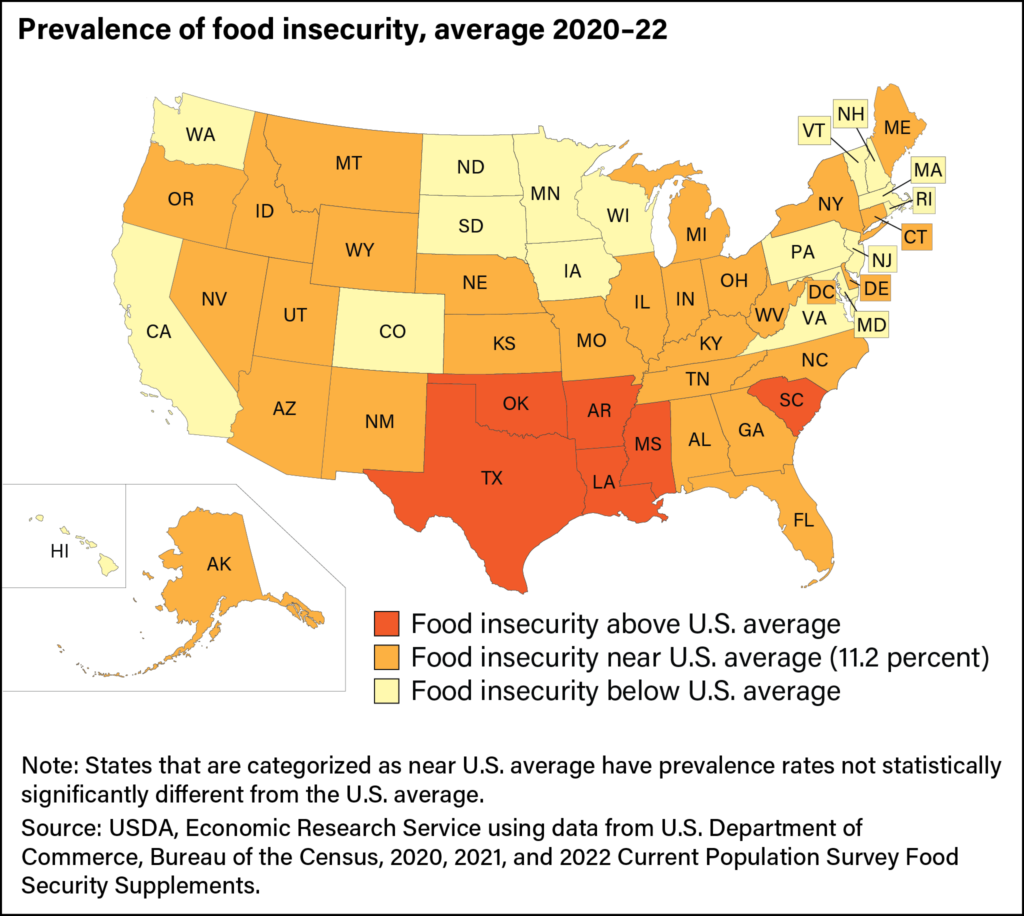Toxic Tuesdays
CHEJ highlights several toxic chemicals and the communities fighting to keep their citizens safe from harm.
Barium
Barium is a silver-colored metal which is found in the earth in compounds with other elements. Many barium compounds have industrial uses: barium sulfate is used as a drilling lubricant by the oil and gas industries to facilitate drilling through rock; barium carbonate is a rat poison; and barium oxide is used in the production of electronics and glass. Barium can enter the air through the production of barium-containing compounds and the improper disposal of barium-containing waste. It can then enter the soil and water. Barium compounds that do not dissolve in water can persist in the soil and water for a long time.
People are most likely to be exposed to barium by drinking contaminated water. Barium compounds that do not dissolve in water – like barium sulfate and barium carbonate – are not known to be harmful to human health. However, barium compounds that do dissolve in water – like barium chloride and barium hydroxide – can harm human health because they release barium ions into the body. Barium ions interfere with the normal electrical impulses generated in the brain, muscles, and heart. Exposure can cause gastrointestinal dysfunction such as vomiting, diarrhea, and abdominal cramps. It can also cause anxiety, disorientation, difficulty breathing, decreased blood pressure, numbness, muscle weakness, and paralysis. The eyes, immune system, respiratory system, and skin can also be damaged by barium exposure. The Environmental Protection Agency (EPA) has set a limit on how much barium can safely be in drinking water, but almost 800 Superfund sites are known to have barium contamination, suggesting that there may be potential for barium exposure in some communities.
Learn about more toxics
Nitrogen Oxide
Nitrogen oxides are a group of gaseous chemicals. The two most relevant nitrogen oxides are
Benzidine
Pyrethrins are a class of naturally occurring compounds derived from chrysanthemum flowers. They have been



